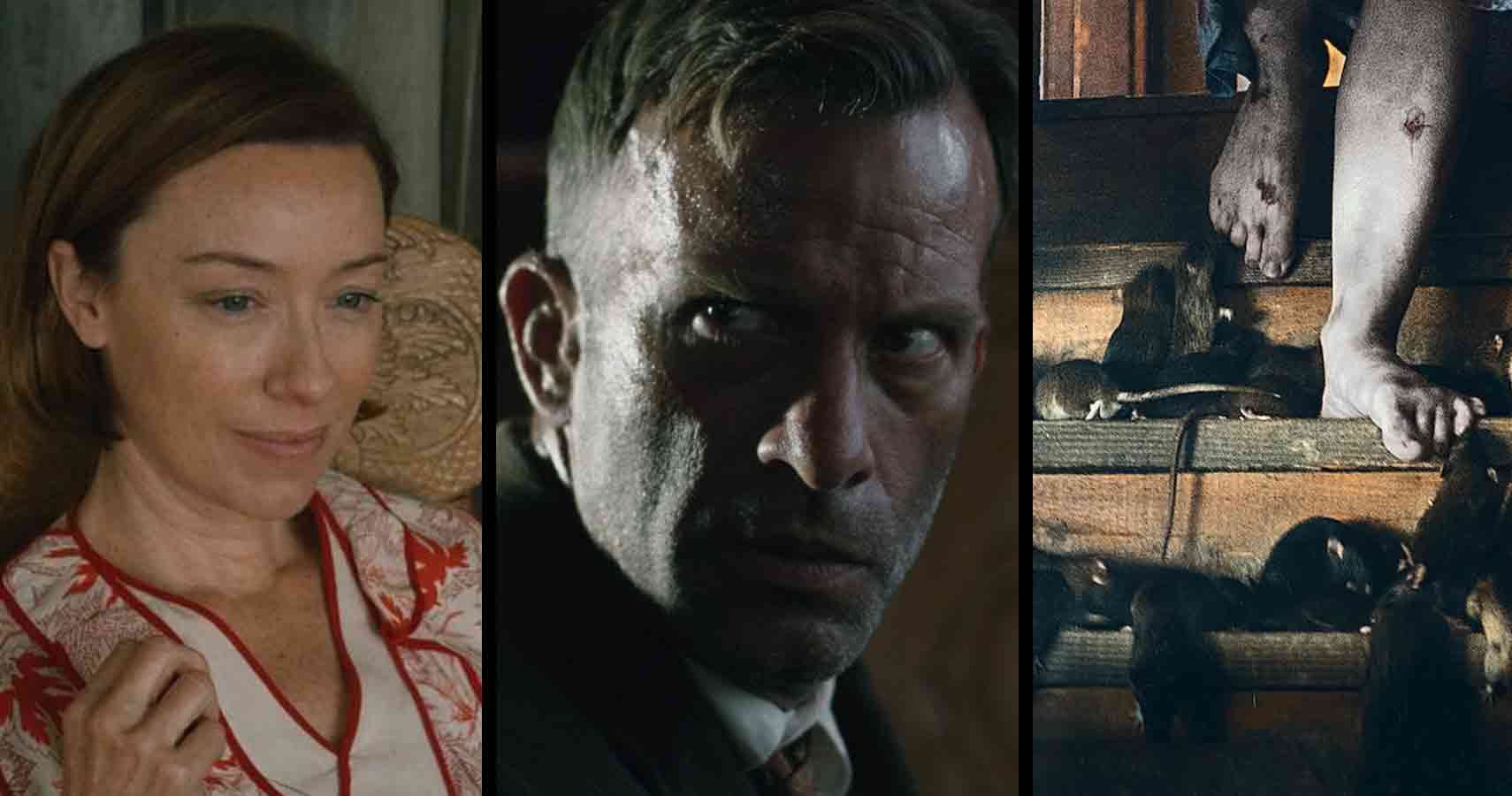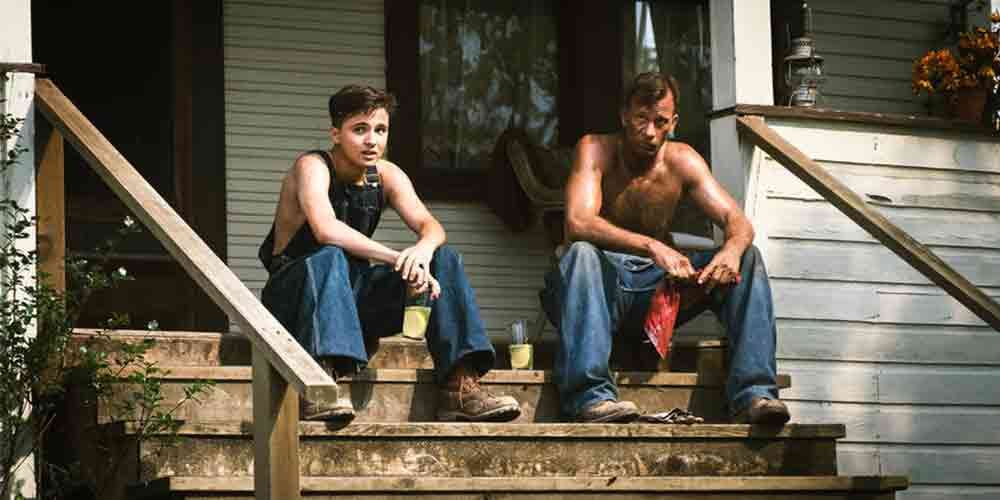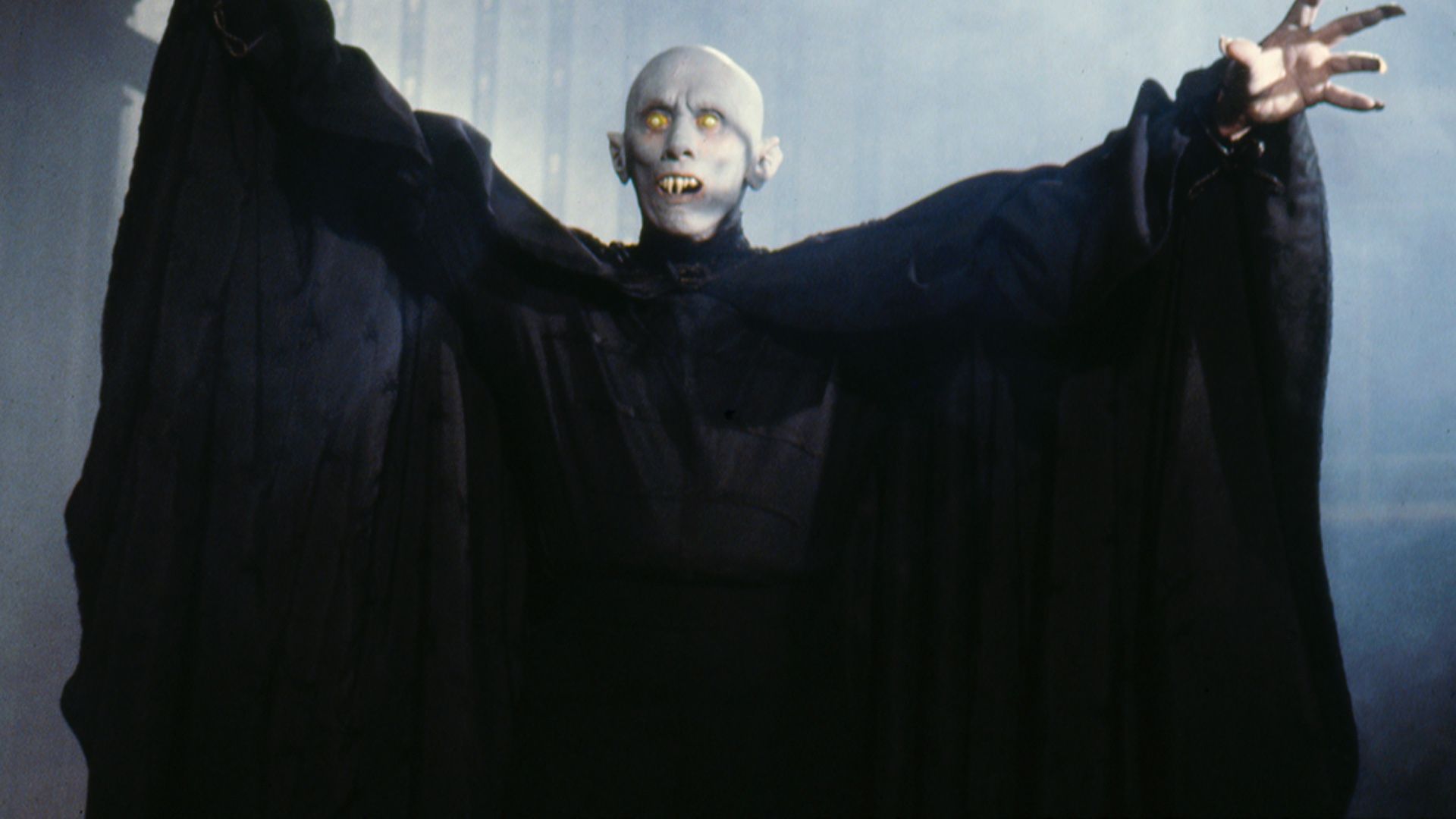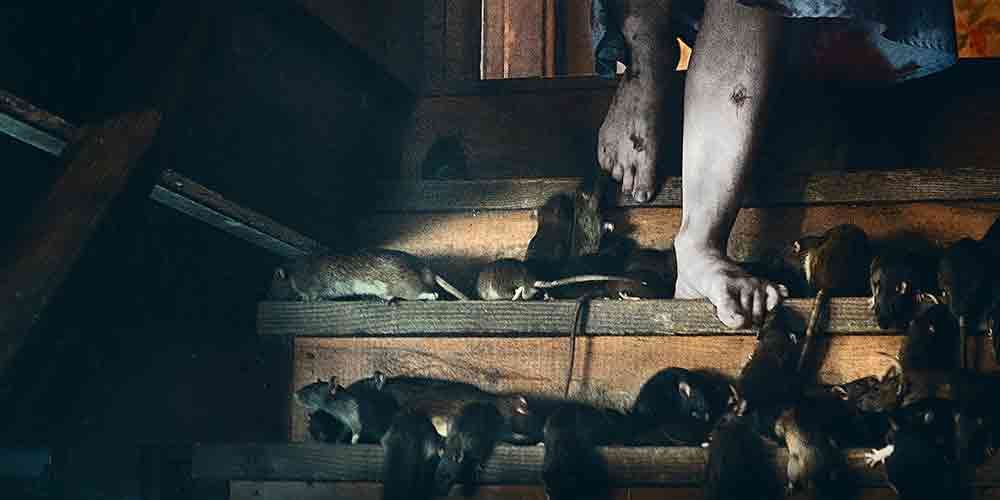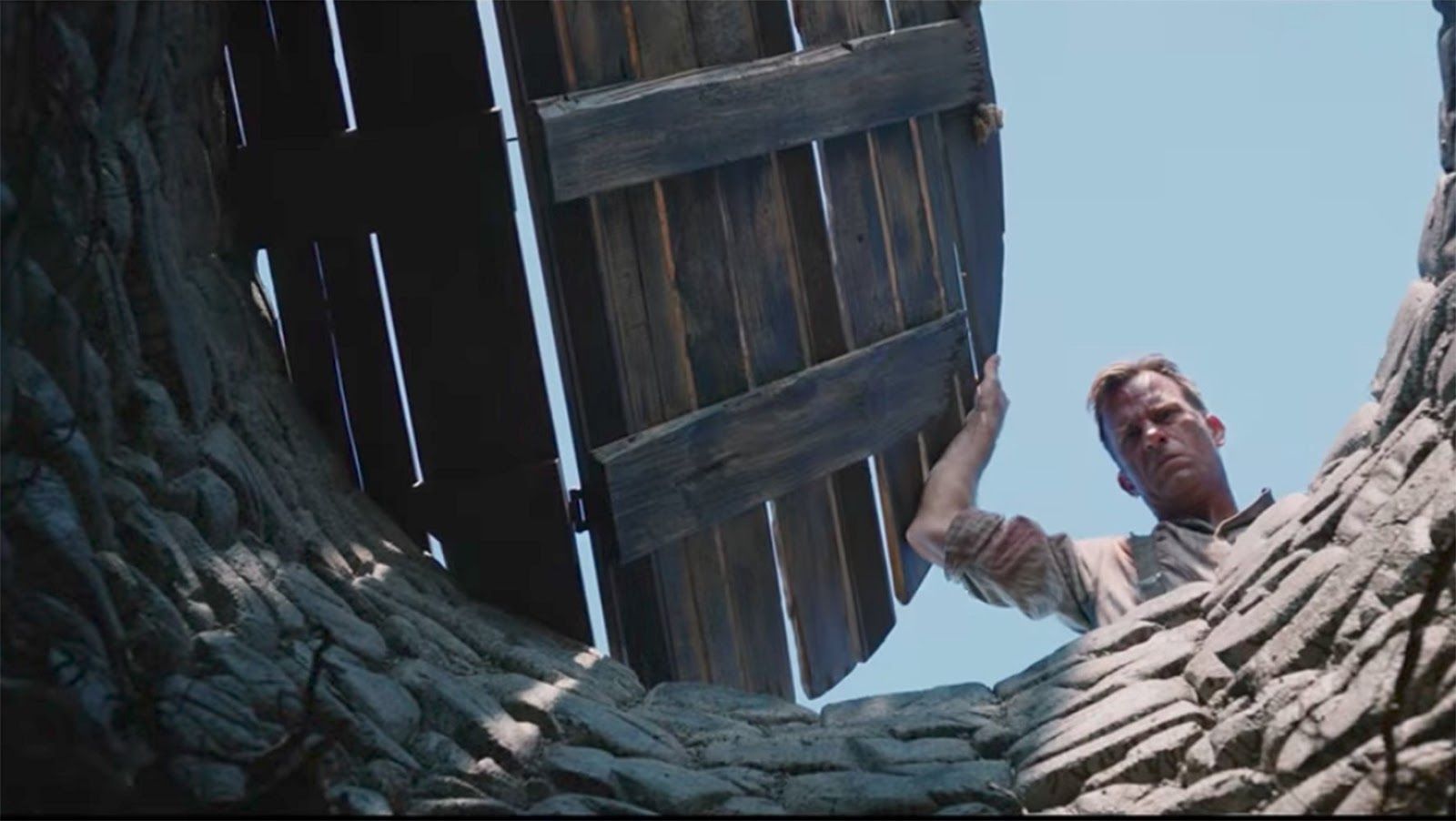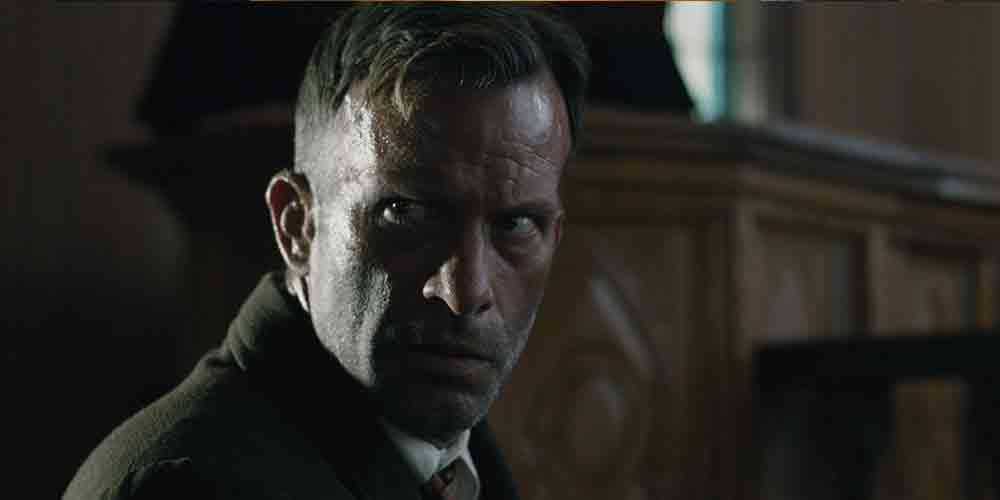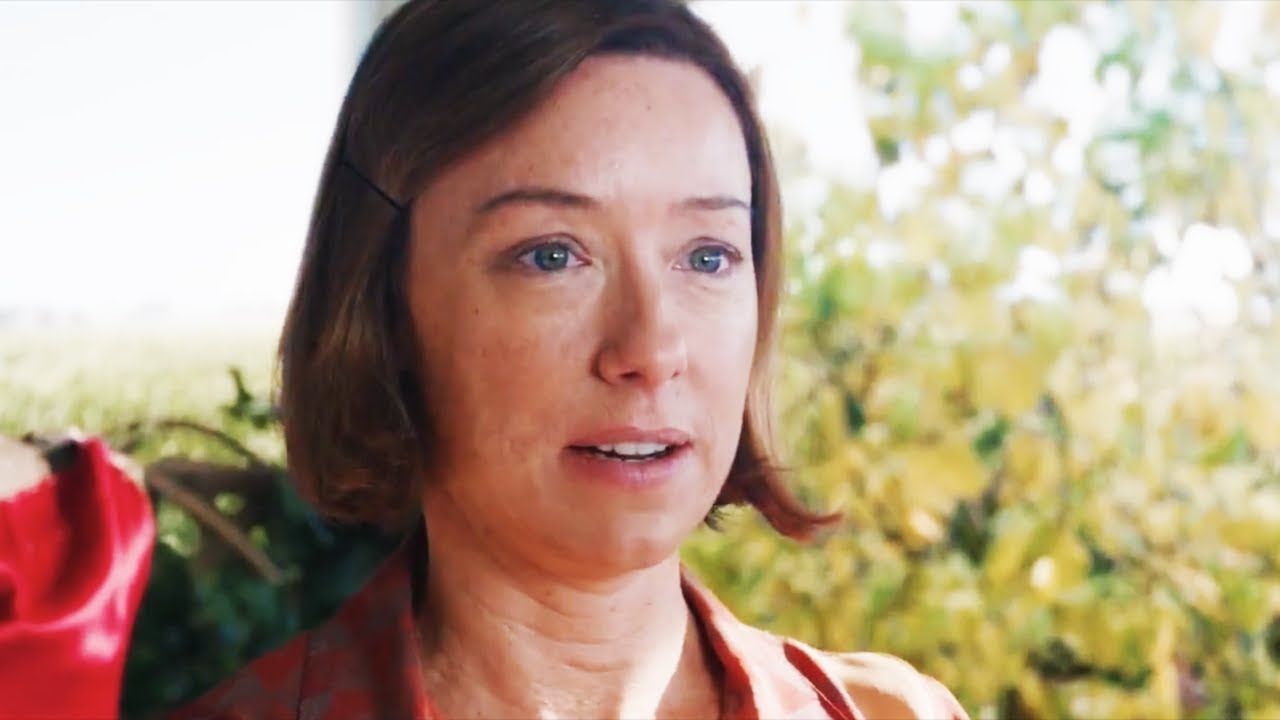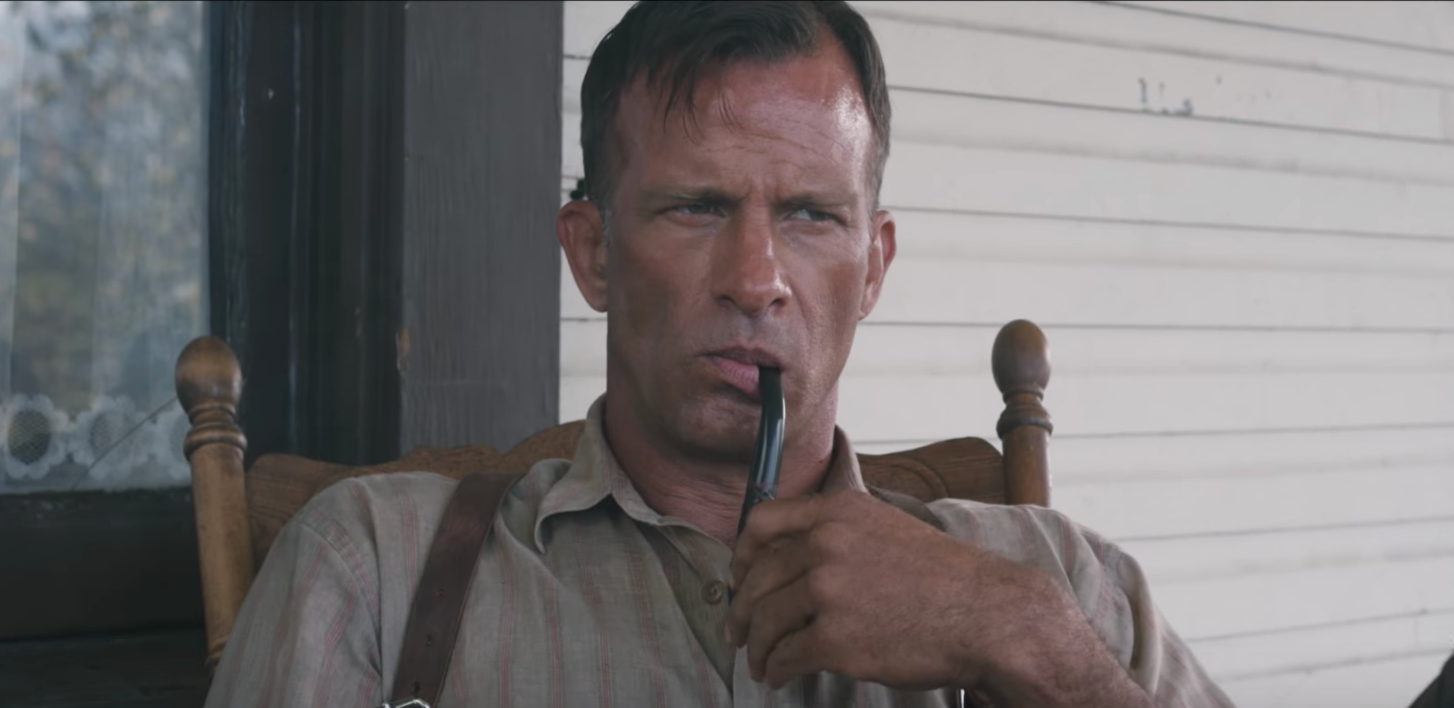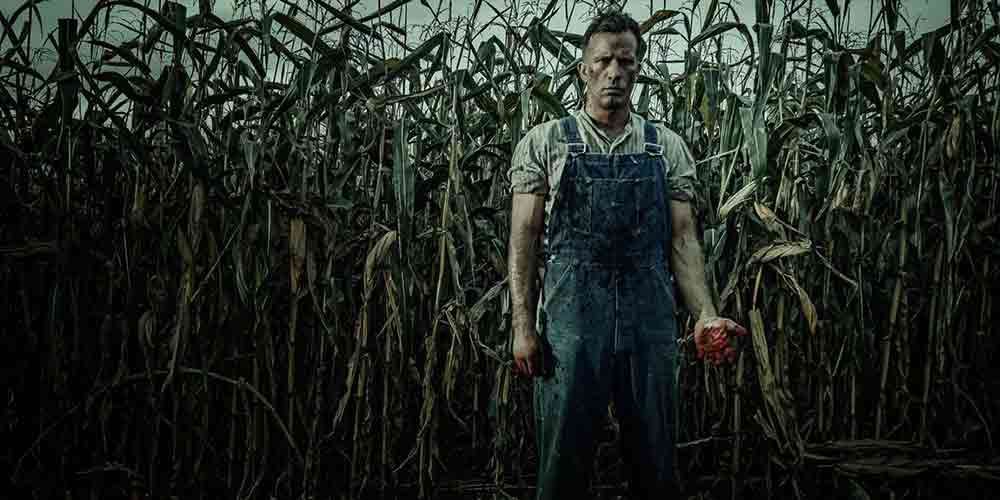Netflix's 1922 is one of the most faithful and most haunting adaptations of the works of prolific horror writer Stephen King. While the adaptations of King's works are hit or miss, this one is taken from a short story in King's Full Dark, No Stars is definitely a hit.
And, like any good adaptation, this creepy character study looking deep into the mind of Nebraska farmer Wilfred James and his internal struggles following a horrific deed is full of references and thematic similarities to many of Stephen King's other novels and adaptations. Major spoilers for 1922 ahead.
Hemingford Home, Nebraska
Stephen King is a huge fan of interconnecting the worlds he writes in. He uses the Dark Tower to bring deeper explanations to several of his stories and uses the same locations in many novels—especially around the towns of Castle Rock and Derry, Maine. One connection that 1922 shares is the town the James family lives near being Hemingford Home, a town that appears in The Stand, Children of the Corn, and two of King's short stories, The Last Rung on the Ladder and Mr. Yummy.
Salem's Lot Murder Victim
Another connection that 1922 shares with The Stand is a more personal, and sinister one; the movie makes several references to another farming family nearby, the Farringtons. The Farringtons serve as a somewhat invisible antagonist, as Arlette suggests selling off her portion of the land to them instead of letting Wilfred take it over. In King's 1975 vampire novel Salem's Lot, one of the many victims that fall prey to the vampiric antagonists in the novel is one John Farrington. Coincidence? Knowing King's penchant for connecting his novels, likely not.
The Rats Represent Guilt
This detail might not be exactly hidden, but it's a visual motif that truly adds to the story. After the grisly deed is done by Wilfred and Hank, rats begin appearing more often, eventually appearing as hordes of rats crawling through the walls, jumping out to attack Wilfred, and in his visions of his deceased wife's ghost.
Near the end of the story, after Hank's death, they even become more prominent, haunting Wilfred and pestering until his demise. These rats are a visual representation of Wilfred's growing guilt stemming from his unforgivable actions.
Hordes Of Rats
This is not King's first time using hordes of rats in a story. The novella Graveyard Shift, included in 1978 short story collection Night Shift and adapted to a movie in 1990, was based around a textile worker on the titular graveyard shift, having to deal with hordes of rats.
In Graveyard Shift, the rats are a much more literal threat, taking over the mill and killing several people. 1922 takes a more thematic approach to using the rats, having them only be a minor nuisance at first as a visual representation of Wilfred's internal struggles.
H.P. Lovecraft Reference
King, like most horror writers, is a fan of horror writing icon H.P. Lovecraft, once saying "Lovecraft has yet to be surpassed as the twentieth century's greatest practitioner of the classic horror tale." This is also evident in 1922's inclusion of rats coming from the walls while Wilfred is at the hotel, as it's a direct reference to Lovecraft's 1924 short story The Rats In The Walls.
The Rats Were Real
Not so much a hidden detail, but something that makes the production of 1922 all the more frightening. The rats used in filming were all real. According to 1922 director Zak Hilditch, the film did away with the notion of using CGI to create the rat hordes, instead opting to use animal trainers to use hundreds of actual trained rats on set.
Canadian animal trainer Steve Woodley was hired for the film, having to wrangle rats by the dozen for many of the film's haunting scenes and using them to create a "rat army" underneath Arlette, sitting quietly around Wilfred at his son's funeral, and having one climb backward out of the deceased Arlette's mouth. All without a single frame of computer graphics.
Wilfred's Shoelaces
While this detail may seem innocuous, it's not without reasoning. At the end of the film, the home that Wilfred fought so hard to keep from his wife for the well-being of his family is in complete disrepair, and Wilfred's body isn't in much better shape. His hand got bitten by a rat, requiring amputation. And, from this point on, we see that Wilfred's shoelaces are untied, as he is likely unable to do it himself.
Arlette's Ambition Likely Came From Women's Suffrage
The setting of 1922 truly adds something to the story. Most of King's works are either set in modern times or close enough that readers aren't too far removed from a world they can truly relate to. 1922 is different thanks to its time period, and manages to find a way to connect to that period well.
One example of this is a usage of Arlette's ambition to create the initial conflict in this story, as it conflicts with Wilfred's dreams of a family homestead on the farm meant to pass on to the next generation. There would be no better time in history for this conflict to occur than only two years after the passing of women's suffrage in the United States. Arlette lives in a time where women are gaining more rights, and this adds fuel to the fire in the conflict between her and Wilfred.
The Books Hank Read
At two points in the story, we see Hank reading, and both times these books hint at themes of the story unfolding in front of him. The first is Silas Marner's Weaver of Ravencloe, a drama book about the industrialization of the then-modern world, which relates to Arlette's ambition to move the family into the city, away from the country life. Later, we see him with his nose in The House of Seven Gables, a book about an investigation into witchcraft, based around the themes of remorse and guilt, which heavily links to the themes of guilt that Wilfred goes through during the course of the story.
Arlette's Ghost Wasn't In Wilfred's Head
The ending of the film was somewhat ambiguous. At times while watching, you were unsure if the horrors that Wilfred is witnessing are real or if they only exist inside his tortured mind. However, one detail exists that answers this question clearly: after Arlette's ghost speaks to Wilfred. While we are unable to hear what is being spoken, we learn from Wilfred's voiceover that she whispered things "only a dead woman would know." This shows clearly that the ghosts and the rats that have been haunting Wilfred aren't just figments of his imagination, but a real haunting.

